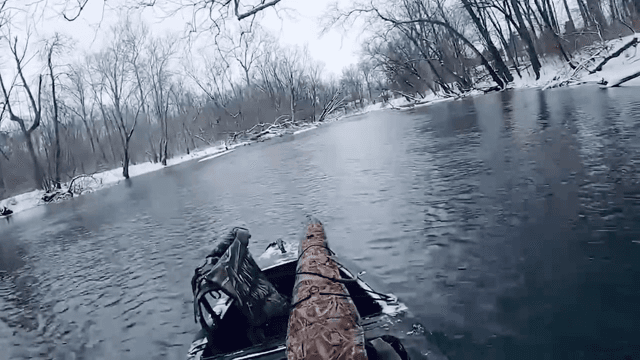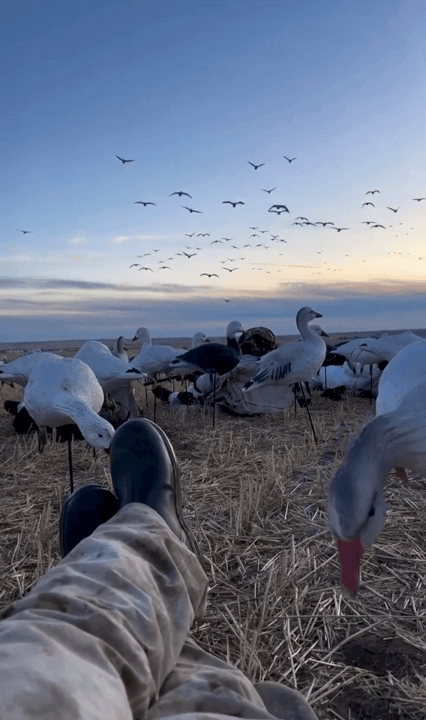
Canadian geese hunting is a popular and challenging pursuit for hunters across the United States. These migratory birds are known for their intelligence, adaptability, and strong social bonds, making
Post: 14 February 16:44

Post: 14 February 16:44

Post: 21 November 09:27

Post: 20 February 18:08

Post: 1 July 12:24

Post: 22 February 17:59

Post: 22 February 18:21
Post: 2 March 13:40

Post: 13 January 13:55

Post: 21 June 12:12

Post: 15 January 17:25

Post: 29 December 09:26

Post: 22 May 18:30

Post: 9 March 14:40

Post: 31 January 05:47

Post: 23 September 09:07

Post: 22 May 11:37

Post: 16 July 07:15

Post: 23 July 13:45

Post: 18 July 14:43

Post: 16 July 15:43

Post: 27 October 15:58

Post: 25 October 10:10

Post: 18 October 13:26

Post: 6 June 14:16

Post: 25 August 08:03

Post: 2 June 12:24

Post: 23 July 13:51

Post: 30 July 08:11

Post: 22 July 14:10

Post: 18 July 08:50

Post: 17 July 13:38

Post: 21 July 08:29

Post: 21 July 06:53

Post: 17 July 13:21

Post: 17 July 08:28

Post: 15 July 19:21

Post: 14 July 09:47

Post: 12 June 06:31

Post: 21 May 14:29

Post: 15 May 10:19

Post: 25 August 10:50

Post: 22 August 10:55

Post: 19 August 19:23

Post: 14 August 11:28

Post: 24 July 15:02

Post: 24 July 14:12

Post: 23 July 12:43

Post: 23 July 11:17

Post: 23 July 08:19

Post: 23 July 06:52